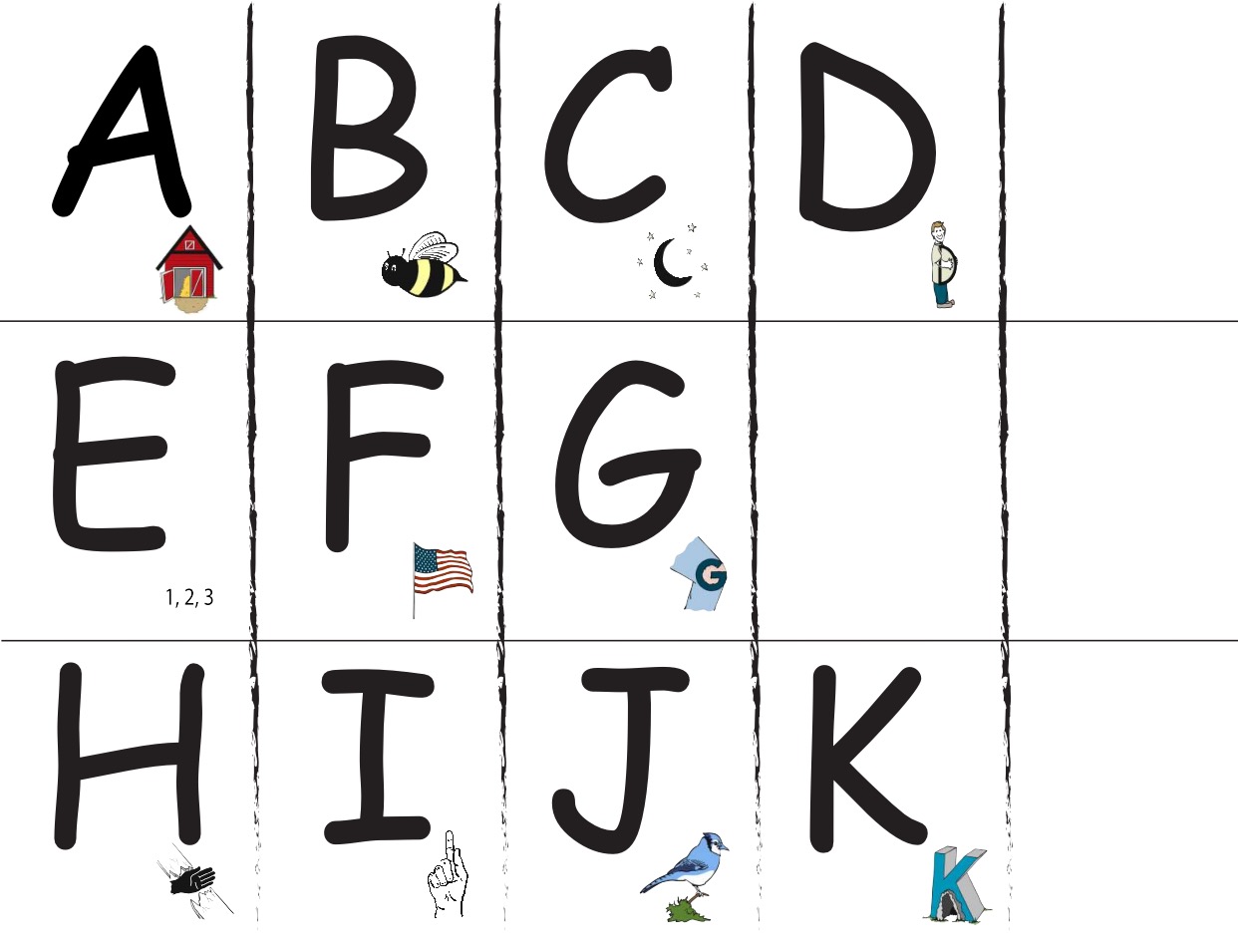1.Playing
I know this is obvious, but sometimes people look at play as frivolous. For a child play is the biggest and most important “job” of childhood. This is how children learn and interact with the world. Many of the things they do through play will touch on the other four ideas that are presented below.
Allowing your child to play with other children will help develop social skills. Playing with other children is not always easy, but this allows your child to be in situations in which they can learn first-hand about conflict resolution, cooperation, teamwork, and competition. Developing social/emotional skills is a huge part of life. This is when we learn not to hit our friends when they take their toy back. This is where we learn to say please and thank you, or learn to deal with people that do not say please and thank you.
Playing outside with friends is great. Climbing, running, tag, hide and seek is so important. This helps develop physical skills, balance and motor planning skills. Playing inside your child can do board games, card games, trucks, dolls, action figures, Legos, blocks, obstacle courses, etc. Try your best to keep your child off of a screen and interact with a game or with others. These are the experiences that will happen in a kindergarten setting. Any kind of productive play will help your child practice for being a student in kindergarten.
Letter Identification in a fun and effective way



























